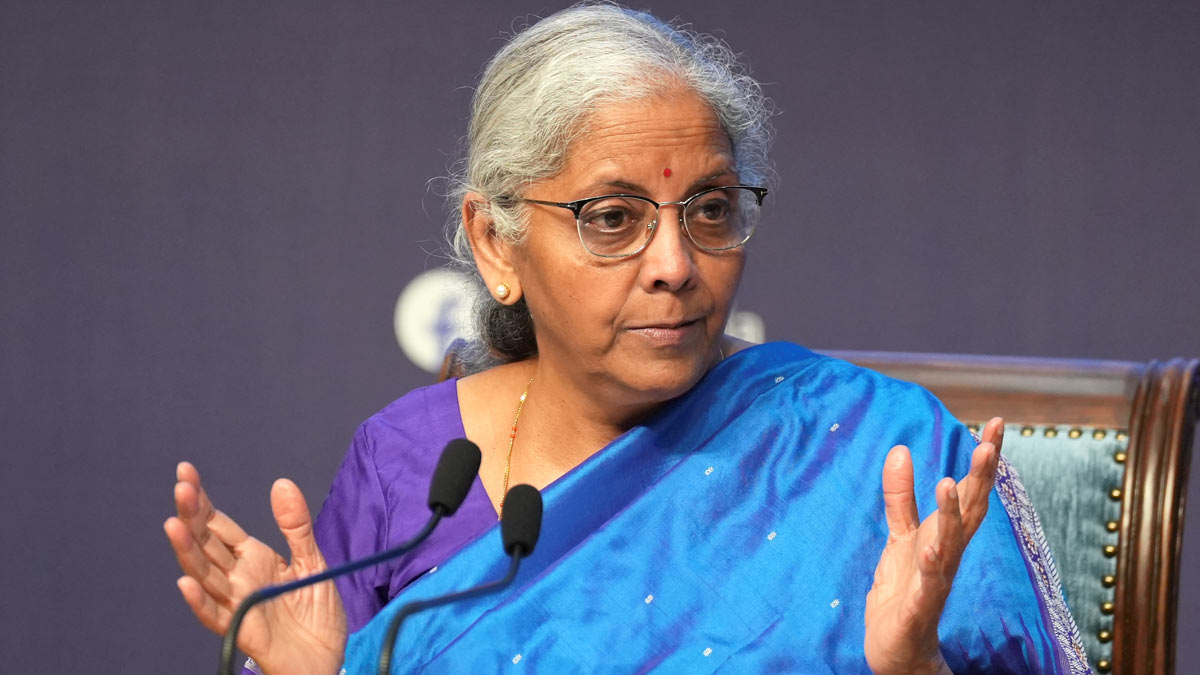GST 2.0 paradox: E-learning remains taxed while wellness services get relief

The GST Council’s 56th meeting reflects a citizen-centric approach by rationalising rates for essential goods, health insurance, medical devices, agricultural machinery, and food items. These reforms attempt to reduce the cost of living and bring relief to the middle class, farmers, and small traders. The simplification of the tax structure into two slabs (5 per cent and 18 per cent) is also a long-awaited reform. The decision to exempt life and health insurance policies shows a genuine intent to widen social protection.
The missing relief: E-Resources
Amidst all these positive announcements, the continued taxation of e-resources (digital educational content, e-books, online journals, learning platforms, etc.) stands out as a major gap. While food, medicines, and health services have received rate cuts or exemptions, learning resources—vital for India’s large youth population—remain fully taxable at 18 per cent
.
This decision appears inconsistent with the government’s stated goals:
- Digital India and NEP 2020 (National Education Policy) emphasize digital access to knowledge as a national priority. Taxing e-resources heavily runs counter to this vision.
- The government has promoted online learning platforms (e.g., SWAYAM, DIKSHA, NDLI), but private sector and international educational resources remain taxed, limiting affordability.
Equity and access concerns
- According to the Raja Rammohun Roy Library Foundation, India has only around 46,746 public libraries (with wide discrepancies in official counts). Many lack adequate books, computers, or internet access.
- Only 12 per cent of libraries have computers and just 8 per cent provide internet access, making e-resources a critical supplement for millions of students preparing for competitive exams and professional courses.
- With traditional libraries failing to meet demand, students increasingly rely on e-books, online tutorials, and subscription databases. By keeping these resources under full GST, the government effectively penalises the very population it claims to empower—career aspirants, researchers, and rural learners.
Contradictory Policy Signals
- On one hand, the government has reduced GST on beauty services (salons, gyms, yoga centres) from 18 per cent to 5 per cent. On the other, educational e-resources—arguably more essential—remain at 18 per cent with no exemption.
- This creates a paradox: wellness services are subsidised, but knowledge is not.
International Perspective
Globally, many countries either exempt or apply lower VAT/GST rates on educational materials:
- UK: Zero VAT on printed books, e-books, and academic journals.
- EU (post-2019 reforms): Allowed member states to align VAT rates on e-publications with printed books.
- Singapore & Australia: Reduced GST or VAT on digital educational services.
India, by contrast, continues to treat e-learning as a luxury good rather than a public necessity.
Recommendations
To align GST policy with India’s educational and digital priorities, the following steps are recommended:
- GST exemption for educational E-resources – Apply a NIL rate to e-books, online journals, academic databases, and certified e-learning platforms.
- Reduced rate for online skill platforms – Cap GST at 5 per cent for online vocational and skill courses to encourage affordable lifelong learning.
- Parity between physical and digital learning – Ensure that printed and digital formats of books, journals, and study material are taxed at the same (preferably NIL) rate.
- Targeted relief for students – Offer GST refunds or credits for registered students purchasing e-resources through verified platforms.
- Public-private partnerships – Integrate affordable access to paid e-resources through public library systems, funded in part by GST revenues.
The 56th GST Council reforms mark a progressive step in easing the tax burden on essential goods and services. However, the continued taxation of e-resources at 18 per cent undermines India’s digital learning ecosystem, widens inequality in access to education, and contradicts the vision of Digital India and NEP 2020.
If India aspires to be a knowledge economy, the GST Council must recognise educational e-resources as a public good, not a taxable luxury. Exempting or rationalising GST on these resources will not only ease the burden on millions of students and researchers but also strengthen India’s long-term human capital development.
The author is an academic and author of books on knowledge resource management, education policy and leadership studies.
The opinions expressed in this article are those of the author and do not purport to reflect the opinions or views of THE WEEK.
Business